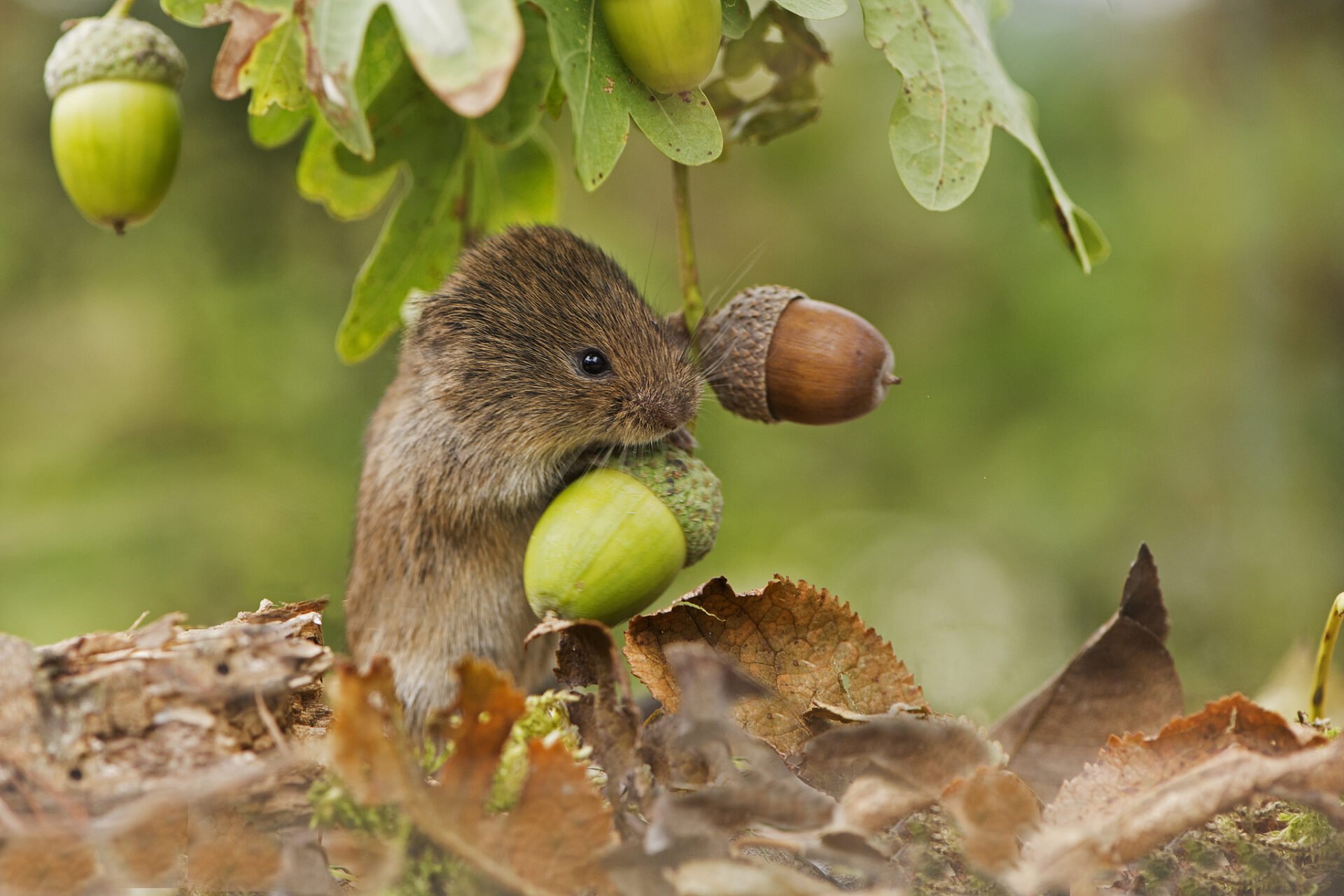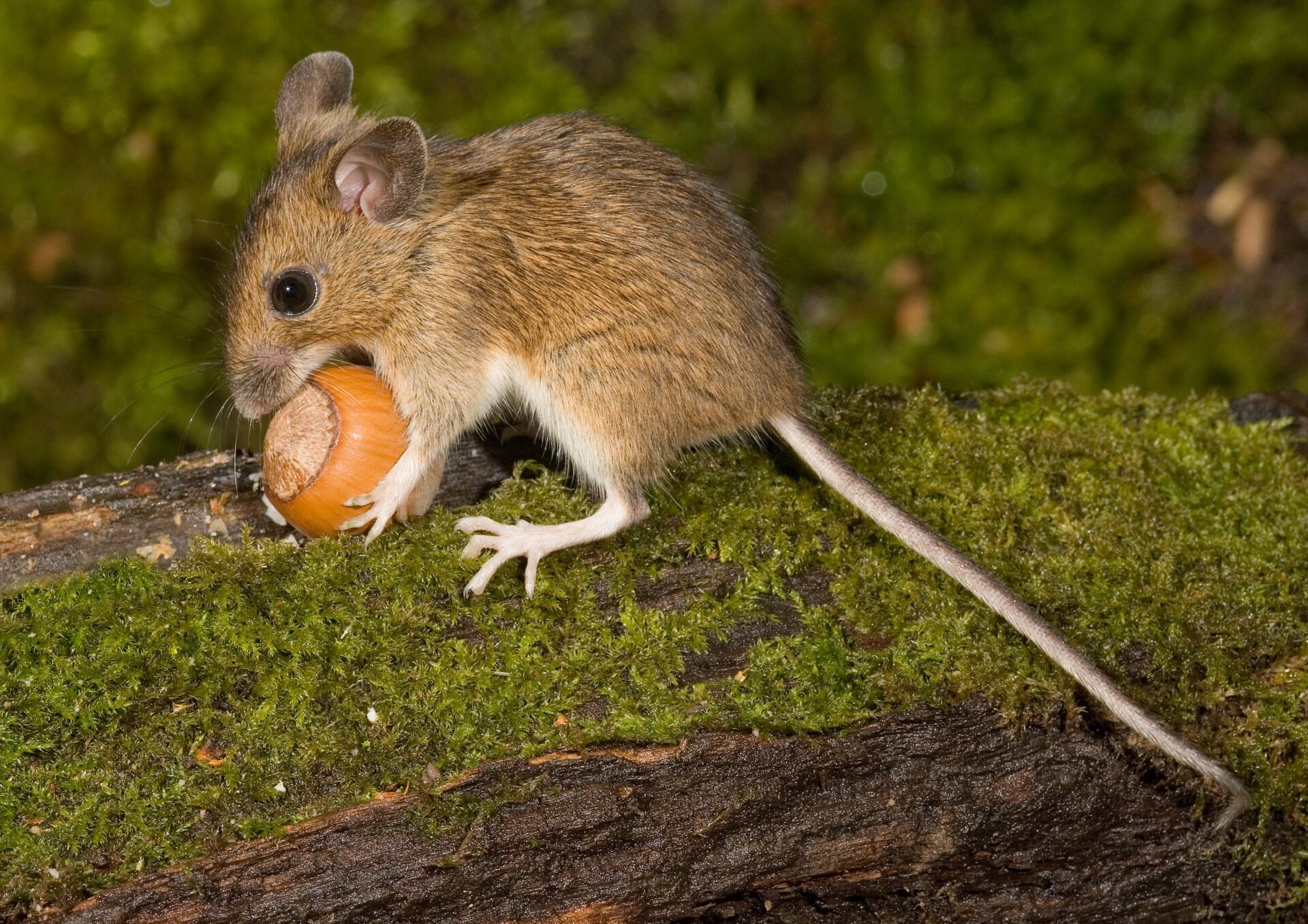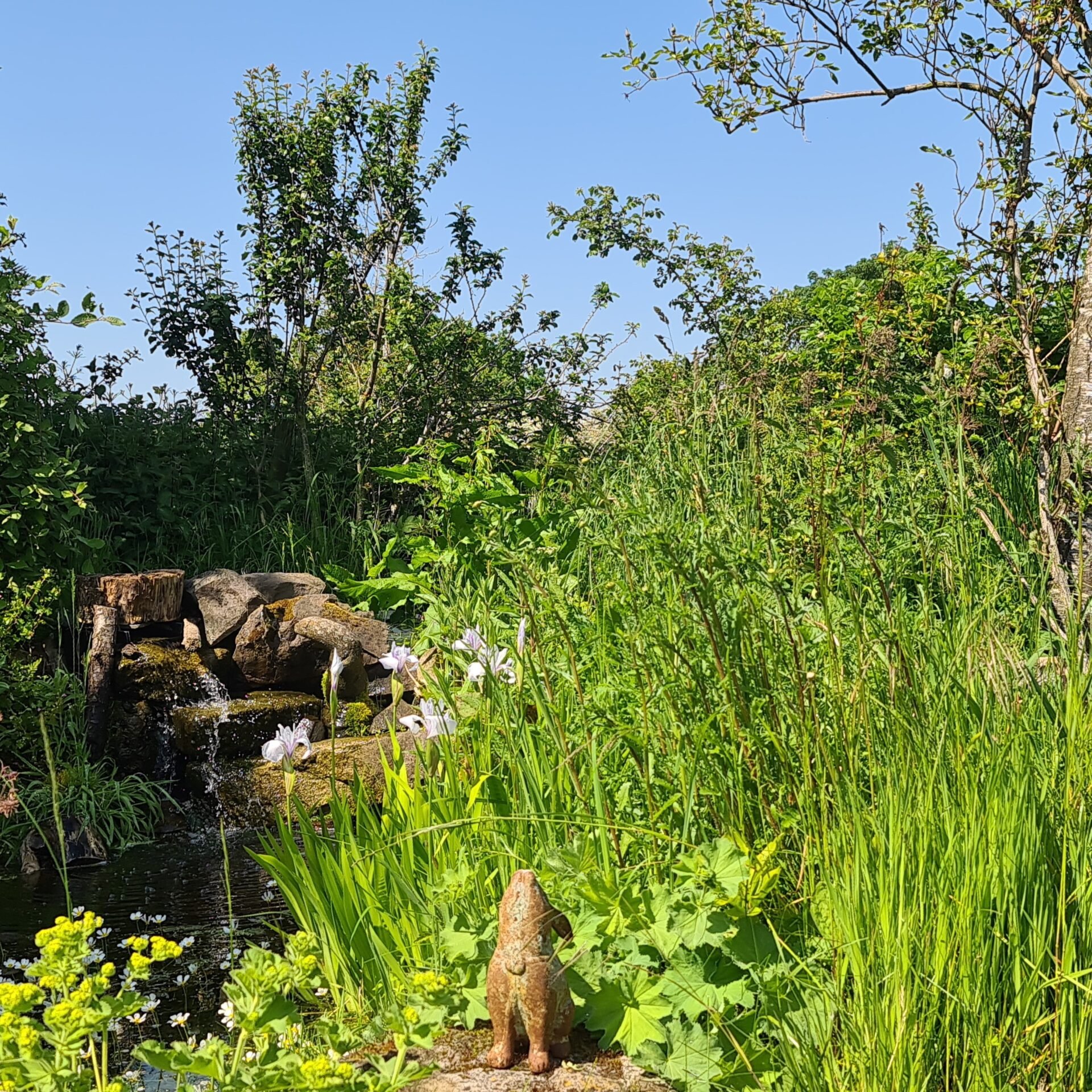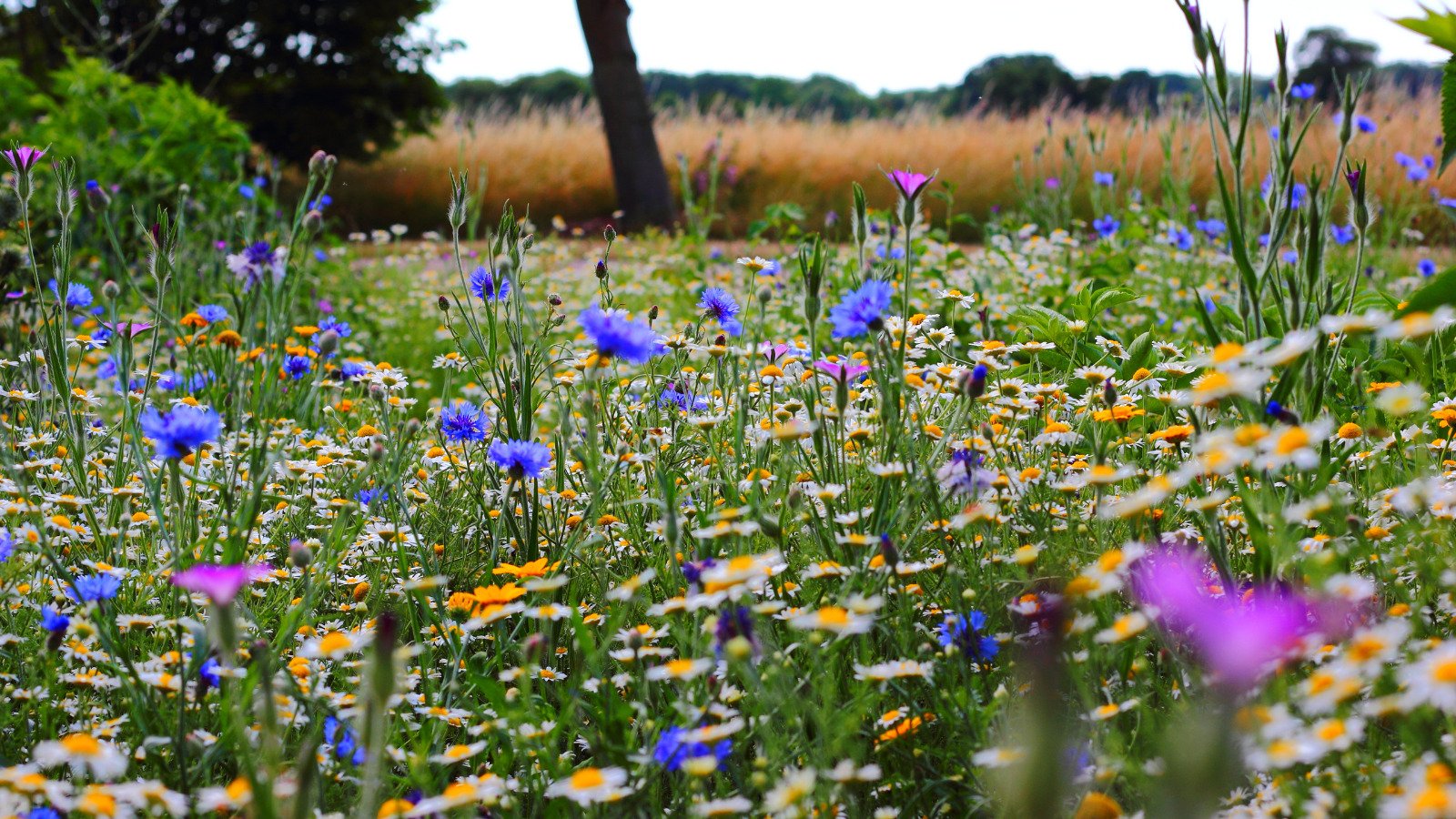Mammals in Summer
Written by Elen Sentier, 2023
#30DaysWild
The 30 days is nearly up now, so what did you do? Did you manage to do one wild thing each day for the entire month? Congratulations if you did!
Whatever you managed, all our mammals, and indeed all our wildlife here in Britain thank you. Every little bit really does help.
Though why stop just because the 30 days are up? I’m certainly not going to and I’ll be seeing what wild things I can do every day for the rest of the year! How about you join me?
June is a magical month
June is the high spot for Nature. Everything flourishes at its most beautiful here in Britain. One of the advantages of being in a temperate climate with lots of rainfall to replenish the rivers and the soil is that everything grows well. There's a delicate balance between the cold rain and the warm sun that all our mammals depend on.
My garden here is wild, so I have lots of small mammals who live and feed and nest their young in my wild meadows, especially voles and woodmice.

Field or Short-Tailed Voles
I have whole townships of field voles in the meadows! They tunnel, create tunnels, through the bottoms of the long tussocky grasses.
These tussocky grasses have long roots that can reach 2 meters or more down into the soil! Not only does this guard against erosion, but those roots also enable the soil to absorb the rain and hold it, which helps with flooding too. These long roots can reach far deeper than ordinary lawn grass so they can survive droughts. And … they’re invaluable support for the Wood Wide Web, the mycorrhiza that’s both the food and water connector for all plants and the Internet for plant communication!
And all those clever habits of tussocky grass help our mammal population. They provide habitat and food for insects, who in turn provide food for small animals who, in their turn, are food for medium-sized mammals like weasels, stoats, foxes and badgers. Isn’t nature amazing?
Our field voles are between 9 and 12 cm long, their little short tails taking up about a third of that, weighing in at between 20 to 40g. They love the long grass and feed mainly on grass stems and leaves.
They’re in the breeding season now. Between March and October, they have several litters, of up to 8 young per litter. So – actually – it’s a good job they’re lunch for many other species or we’d be up to our ears in voles! Nature really is self-regulating, and homogenous, when we work with her so she can do her thing.
Wood Mice

Wood mice are one of my favourite small mammals – they are so, so pretty!
They have lovely golden-brown fur set off by their white belly, and great long tails! Their tail is the same length as their head and body together! Their large back feet - which makes them excellent jumpers - along with their tail and colour are their distinguishing features.
They thrive in woodland, rough grassland and love our wild gardens. The long grass and hedgerows give them lots of cover to hide in. Like voles, they are prolific breeders, having several litters of up to 7 young between March and October. Similar with the voles, they’re also lunch for our larger mammals and are a vital food source for owls as well.
Wood mice eat seeds, snails, insects, fruit, berries, nuts and fungi, so make sure you have plants in the garden that can provide these for the wood mice. They store berries and seeds in the autumn, in underground burrows and sometimes in old birds' nests too - Something to look out for in the Autumn issue!

365 Days Wild?
How about you leave a wild space in the garden, let it grow nice tussocky grass and don’t cut it ever. Then next year, very carefully see if there are tunnels, and holes in the grass roots. Likely you’ll have field voles and wood mice!
You may like to set up a trail cam to watch them in your garden – it’s great fun and you might catch fascinating footage!
On top of that, you’ll be supporting wild mammals just by doing nothing! Providing food and habitat for our mammals – and for owls and other birds too!
So you’ll be continuing your 30 Days Wild for years to come. Yippee!!
Please report what you find, and where, to the Mammal Society. This really helps us map out where species live and so protect them and their habitat for the future! Learn more about reporting mammals here.
To learn more about all the mammals in this article visit our Mammal Hub.

